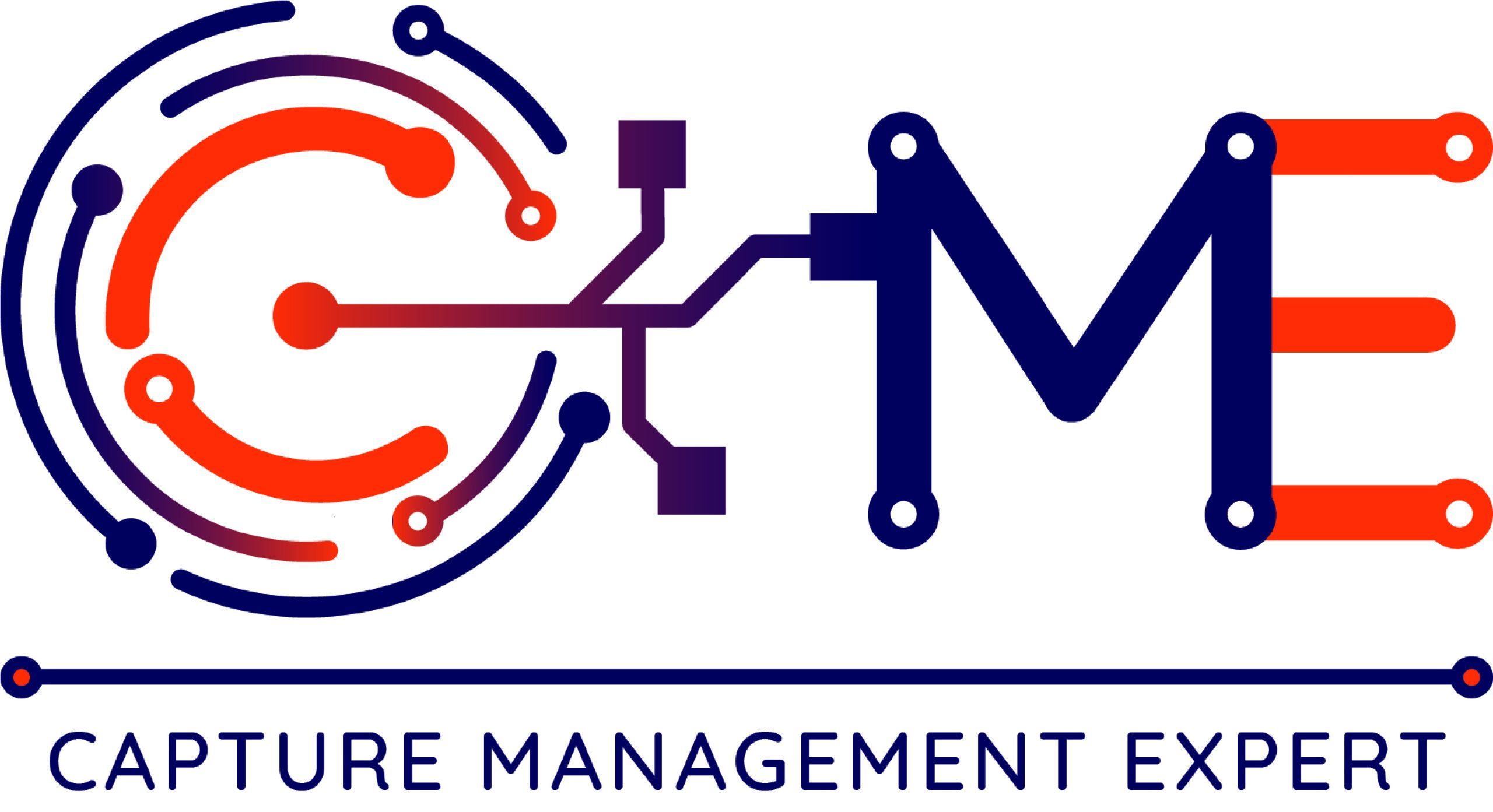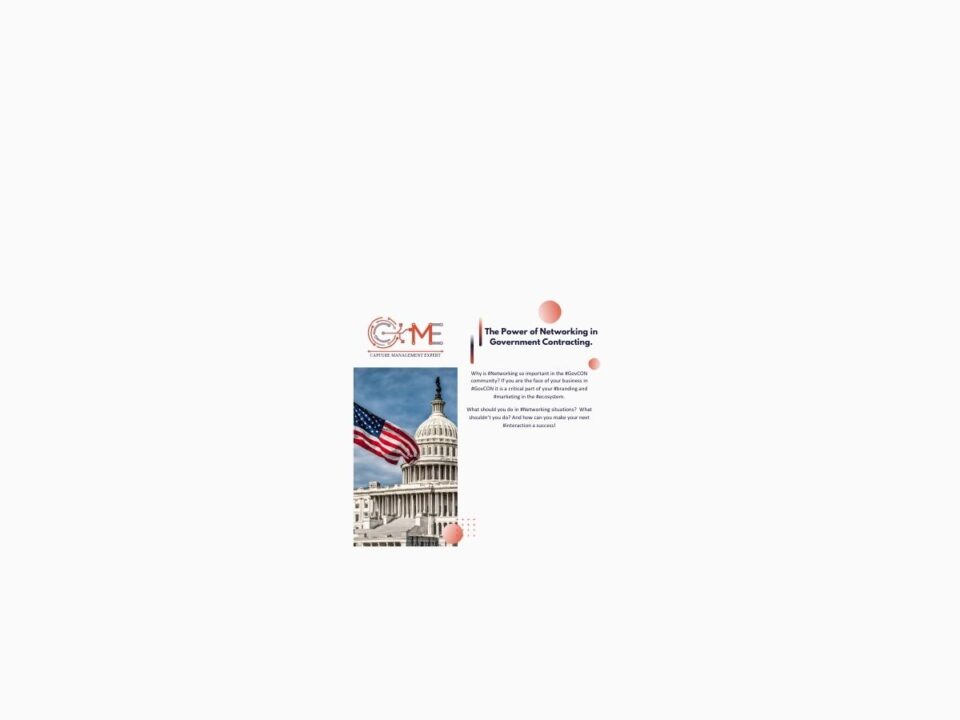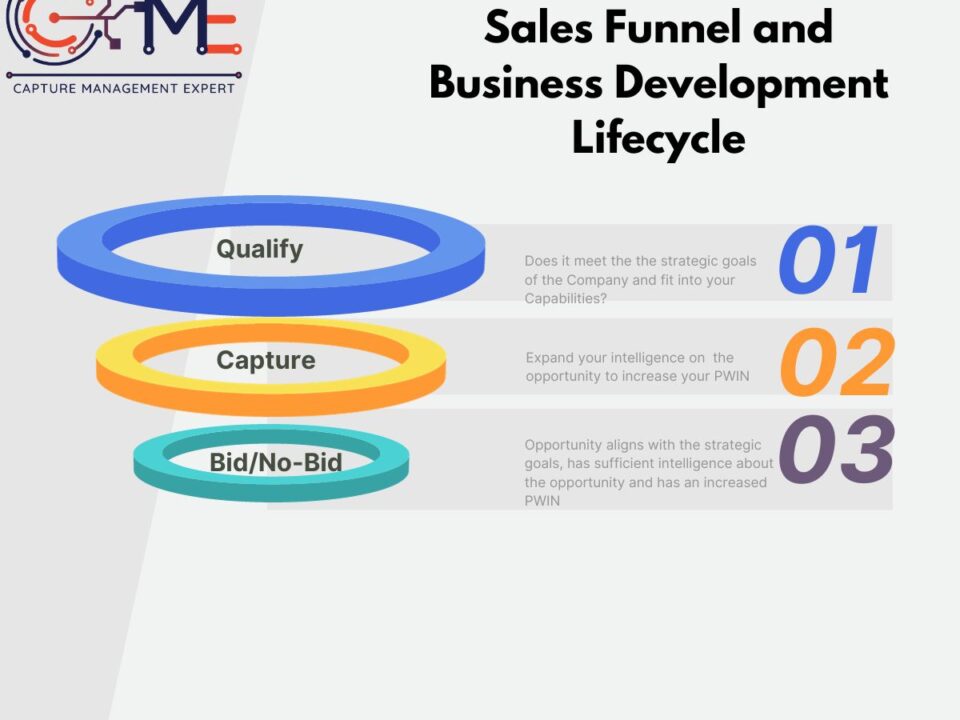
Becoming a Trusted Advisor
October 12, 2023
Building your GovCON Pipeline
October 30, 2023Who Are Your Top Competitors
What do you sell? Who do you sell to? Who else is selling something similar to the same client base? As the old adage goes, Keep your friends close and keep your enemies closer!
It is important to know who your competition is, especially in the #GovCON market.
According to the SBA, in 2022, 62,670 small businesses were prime contractors for the federal government. This was a 4% decrease from 2021, when 65,455 small businesses were prime contractors. In 2022, 58,681 small businesses received awards, which was less than half the number that received awards in 2010.
The federal government signs over 11 million contracts each year. About 95% of these contracts are awarded to small- and medium-sized business vendors. The Small Business Act sets a goal that 23% of all prime contracts awarded by the government should go to small businesses. In 2022, the Biden-Harris Administration awarded an all-time high 26.5% of federal contract dollars to small businesses.
There are several Business Intelligence tools that you can pay to subscribe that will give you this information in a nice format. Federal Compass, EZGOVOPPS, and Capture Exec. There are several that cost you even more money such as GOVWIN and BGOV.
ALL of these tools are getting the data from the same places that you can get the information from for FREE. They do provide you with a nice User Interface and arrange the information in a digestible manner. But is it worth $5K, $10K or more to get to some of the rudimentary Data?
Let me introduce you to a few of my favorite government websites that provide you with valuable competitive information.
FPDS.GOV ![]()
FPDS is a tool where all contract actions are reported. A few years ago they also started reporting on subcontractor financial data as well. Here is the quick guide for the FPDS EZ Search tool. I find that it is helpful in finding out WHO is getting funding from Uncle Sam depending on how you want to search the Data.
If you go to the main page and clear out the search box it will take you into the prompted search page. Here is where you can use the Advanced Search button to narrow down your search criteria. Let’s look for Award Amounts of $1m – $10M for FY23 in the 5415 series NAICS codes.
- Click Advanced Search, New Search and then Select the Action Obligation ($) field. In the From and To fields put in 1000000 and 10000000. This will return ALL transactions from ALL time between these two figures
- Click on the Advanced Search button again, but this time select Search Within Results and Click ADD
- Select Contract Fiscal Year and in the Like field put 2023 (or whatever fiscal year you want to look at)
- Click on the Advanced Search button again, select Search Within Results and Click ADD
- Select NAICS and in the Like field put 5415* (or whatever NAICS you are interested in)
This will return an exhaustive list of contract obligations that are greater than $1M AND less than $10M AND data for fiscal year 2023 AND for the NAICS Series 5415*
You can then repeat steps 4 and 5 to filter on Contracting Agency, Buying Organization, PSC Codes or anything else that you can think of to give you a view of what obligations took place during that timeframe. You can also export this data to a PDF or CSV file for you to manipulate a bit more easily.
As a quick example, I took the Securities Exchange Commission contracting agency and the PSC Code of 302 and this is what I got.
SECURITIES AND EXCHANGE COMMISSION $122,265,368.19
ACCENTURE FEDERAL SERVICES LLC $11,454,525.11
ASCELLA TECHNOLOGIES, INC. $1,060,152.60
BOOZ ALLEN HAMILTON INC. $33,166,409.25
INCENTIVE TECHNOLOGY GROUP, LLC $3,070,995.90
INTEGRATED SYSTEMS, INC. $10,833,974.22
INVICTUS JV, LLC $10,182,209.20
MAXIMUS FEDERAL CONSULTING, LLC $4,713,449.01
PROCENTRIX, LLC $22,065,817.37
SAVVEE CONSULTING INC. $3,039,974.40
TEAM GREENZONE JV LLC $15,945,162.63
TECHNIK INC. $6,732,698.50
I encourage you to experiment with the interface and see how you can get to the data display that you want. FPDS while a raw data tool is very powerful in providing you insights into who is buying what and overall competitive analysis. This is just the beginning stages of Competitive Analysis and hopefully we can find time to dive into the other important factors that all make up a comprehensive Competitive Analysis strategy.

USA Spending is another great tool to perform Competitive Analysis on. USASPENDING.GOV is the official source of government spending data in the United States. It contains a wide range of data about federal awards, including contracts, grants, loans, and other financial assistance. The data is collected from audited agency financial systems and governmentwide award systems. It has a more streamlined User Interface and a bit easier to get to the data that you need. USASPENDING.GOV provides data on the federal government’s spending habits, including the types of goods and services that are most in demand and the agencies that are spending the most money. #GovCON’s can use this data to inform their business decisions and to develop strategies for Competitive Analysis.
The following types of data are available on USASPENDING.GOV:
Award data: This includes information about the award, such as the award type, recipient, funding agency, amount, and start and end dates.
Account data: This includes information about the federal accounts and object classes that funded the award.
Recipient data: This includes information about the recipient of the award, such as the name, type, and location.
Performance data: This includes performance data for certain types of awards, such as contracts and grants.
Budget data: This includes data about the federal budget, including budget authority, outlays, and obligations.
Program data: This includes data about federal programs, such as the goals, objectives, and performance measures of each program.
Spending by agency data: This includes data on how much money each federal agency spends.
Spending by state data: This includes data on how much money the federal government spends in each state.
USASPENDING.GOV data is available in a variety of formats, including downloadable files, APIs, and interactive tools. The data can be used to track federal spending, analyze trends, and identify areas of potential savings.




